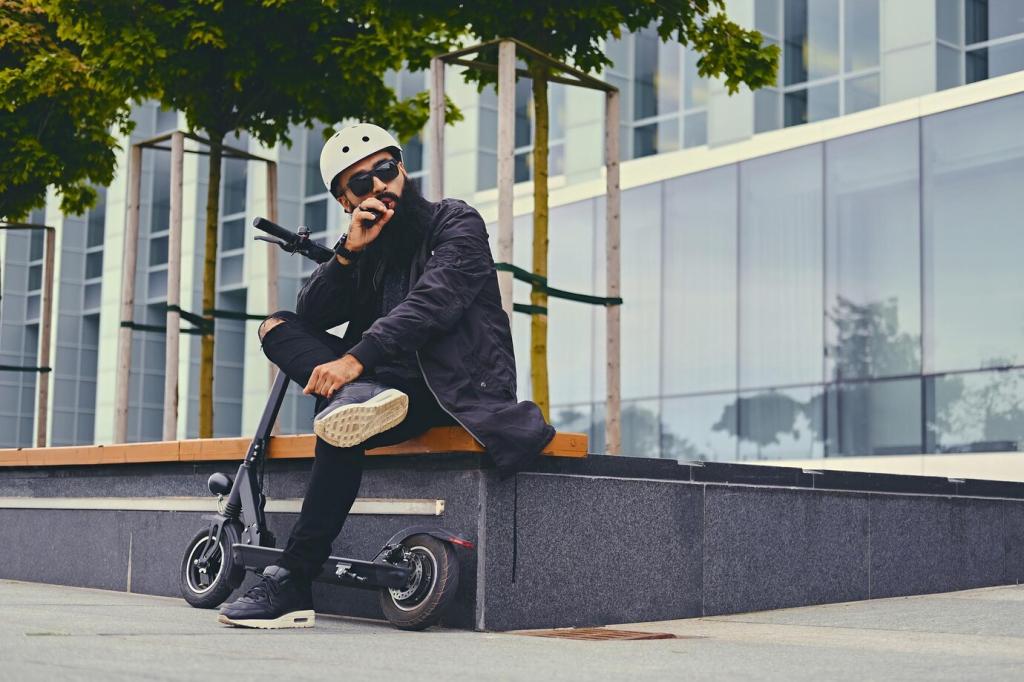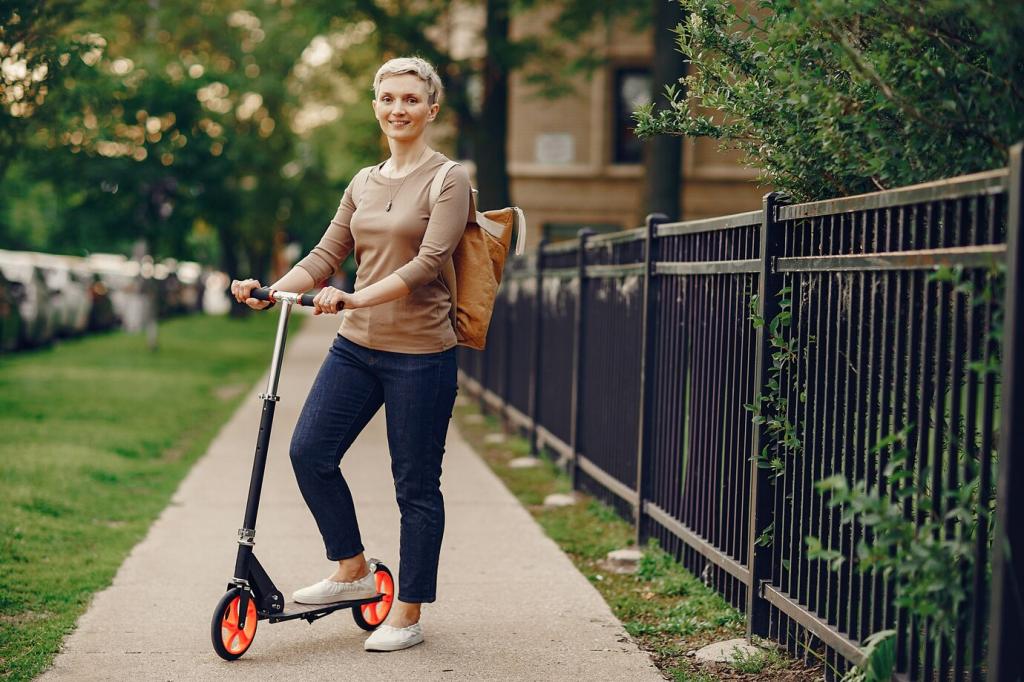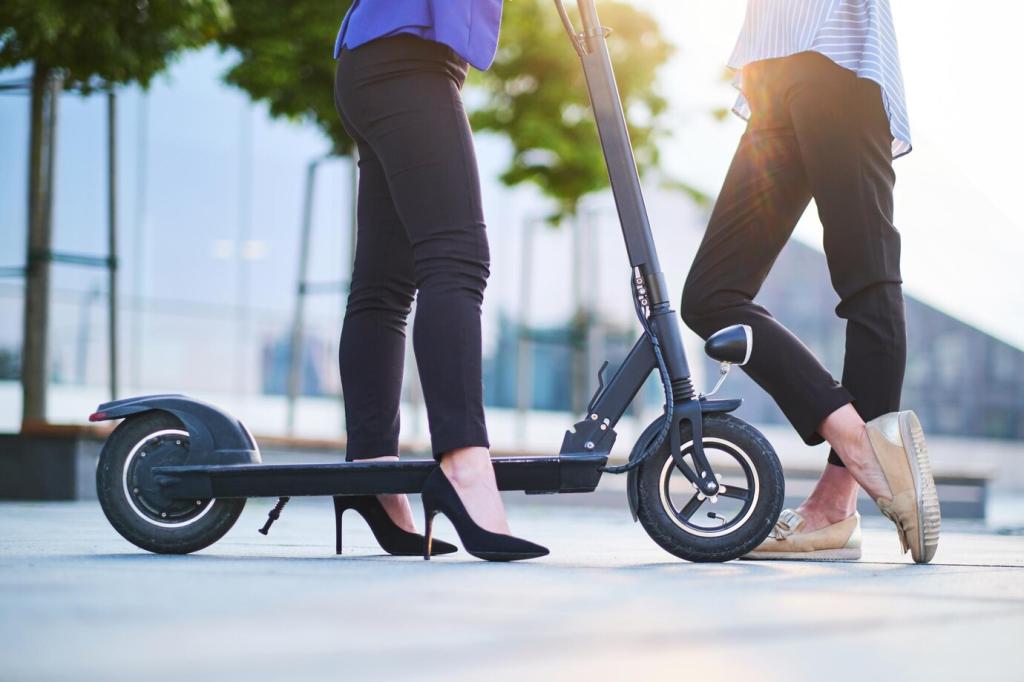
Where You Can Ride: Permitted Areas for Electric Scooter Riding
Chosen theme: Permitted Areas for Electric Scooter Riding. Explore clear, friendly guidance to help you find safe, legal, and enjoyable routes—so every ride starts confident, respectful, and right where scooters are welcome.
Reading the City: How to Identify Permitted Areas
Look for bike symbols on pavement, posted speed limits, and shared-path icons that include scooters or small micromobility. If signage is missing, check municipal websites or scooter app overlays, which often color-code permitted lanes and alert you to restricted corridors instantly.
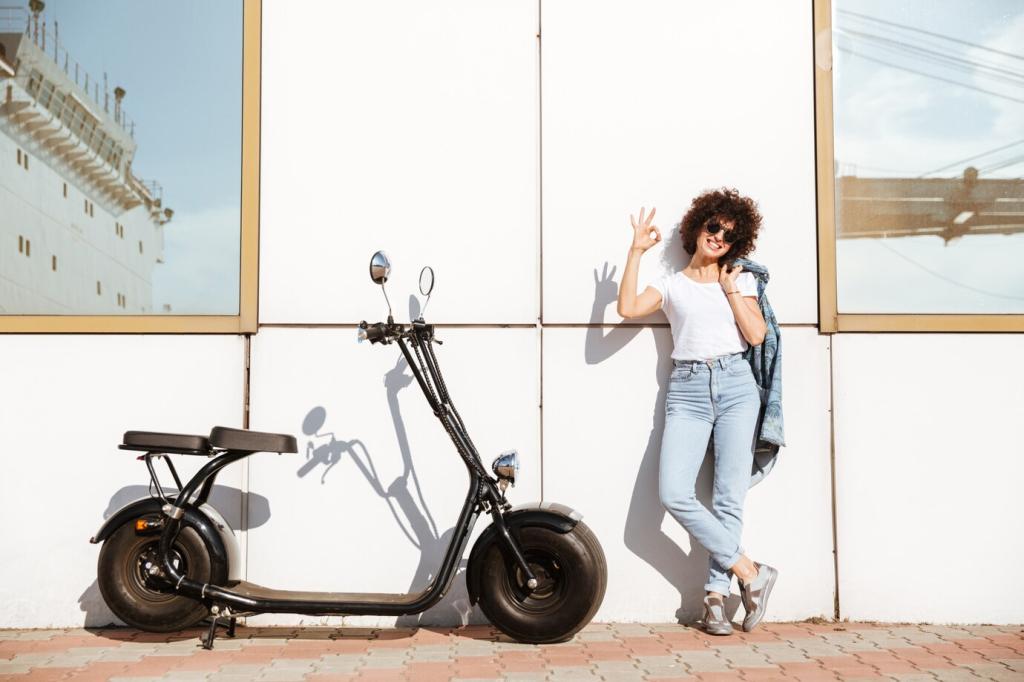
Bike Lanes and Cycle Tracks: Your Green-Light Corridors
Protected Lanes First
Whenever available, choose physically separated cycle tracks; they’re designed to reduce conflicts with cars and pedestrians. Many jurisdictions explicitly allow scooters here, aligning speeds and expectations with bicycles, which makes your ride smoother, safer, and comfortably within the permitted rulebook.
Painted Lanes and Sharrows
Where protected tracks are unavailable, painted bike lanes are commonly allowed. On streets with sharrows, scooters often share the lane with cyclists at lower speeds. Keep right, maintain predictable lines, and signal early, so your presence feels natural and permitted to everyone around you.
Intersections and Transitions
Intersections are where permissions meet reality. Cross with bicycles, obey signals, and use bike boxes if provided. When lanes end, merge into the next permitted space promptly; that quick decision keeps you compliant, visible, and free from the confusion that causes last-second, unsafe detours.
Sidewalks: Conditional Permissions and Courteous Choices
Some areas allow sidewalk riding only when bike lanes are absent or the street is too fast for micromobility. Others restrict sidewalks near business districts. Read the fine print: a small clause about speed or bell use can transform a borderline space into a fully permitted route for you.
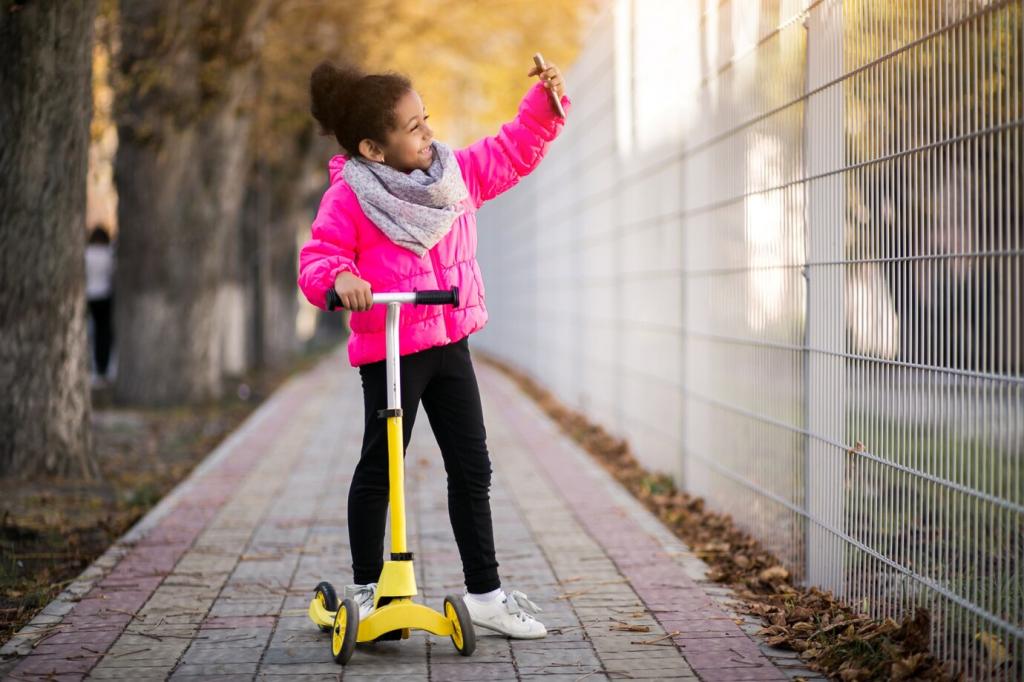
Trail Signage and Surface Clues
Shared-use paths often display icons for bikes, scooters, and walkers. Asphalt surfaces with center lines and speed advisories usually indicate permitted scooter access. Dirt trails or nature preserves may exclude micromobility to protect habitat, so always scan trailheads for the small symbol that makes it official.
Peak Hours and Family Zones
Parks are busiest on weekends and evenings. Some jurisdictions allow scooters only during off-peak hours or require extra caution near playgrounds. Respect these windows, and your ride becomes smoother—and your compliance helps keep beautiful waterfront promenades on the permitted list for future riders.
A Waterfront Anecdote
On a breezy Sunday, I slowed near a fishing pier where the path narrowed. A ranger nodded at my caution and pointed to a small sign confirming scooters were permitted at reduced speed. That sixty-second pause preserved the view, the mood, and the right to return.
Campuses, Business Districts, and Private Property
Most campuses publish transportation maps that explicitly mark permitted scooter corridors and dismount zones. Look for docking hubs near libraries and labs; routes between them are commonly allowed. Subscribe to campus transportation alerts to learn when finals week or events temporarily change what’s permitted.
Campuses, Business Districts, and Private Property
Business districts may restrict scooters on narrow sidewalks but welcome them in bike lanes and low-speed streets. Avoid loading zones during peak deliveries and respect valet areas. Share your discoveries: which downtown corridors clearly post scooter permissions so newcomers don’t feel like they’re guessing?
Residential Streets and School Zones
Calmed residential streets and neighborhood greenways are frequently permitted for scooters, aligning speeds with bicycles. Yield at unmarked intersections, make eye contact with drivers, and wave to neighbors. These small gestures nurture trust and keep these peaceful corridors on the permitted map for everyone.

Residential Streets and School Zones
Near schools, rules can shift by the hour. Some districts require dismounting during arrival and dismissal or enforce slow zones. Thank crossing guards, follow cones, and model patience; visible respect ensures scooters remain welcomed in the very places families value safety most.
